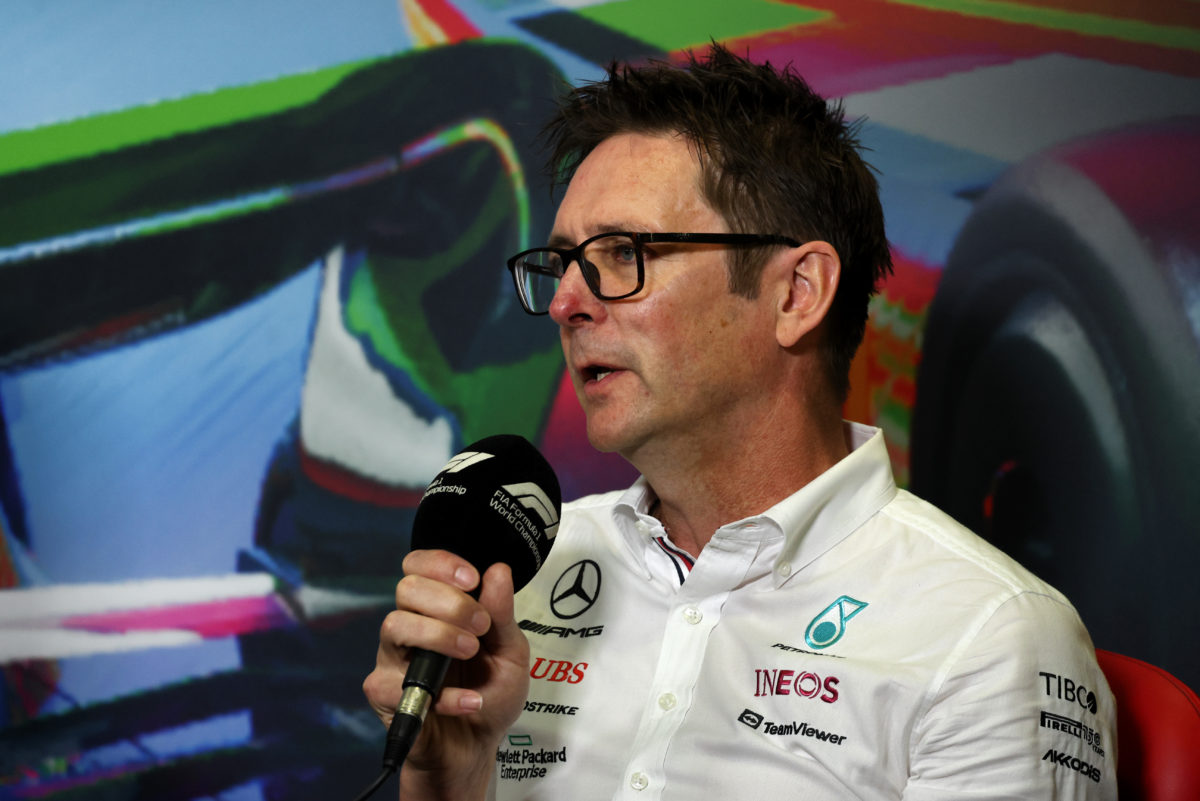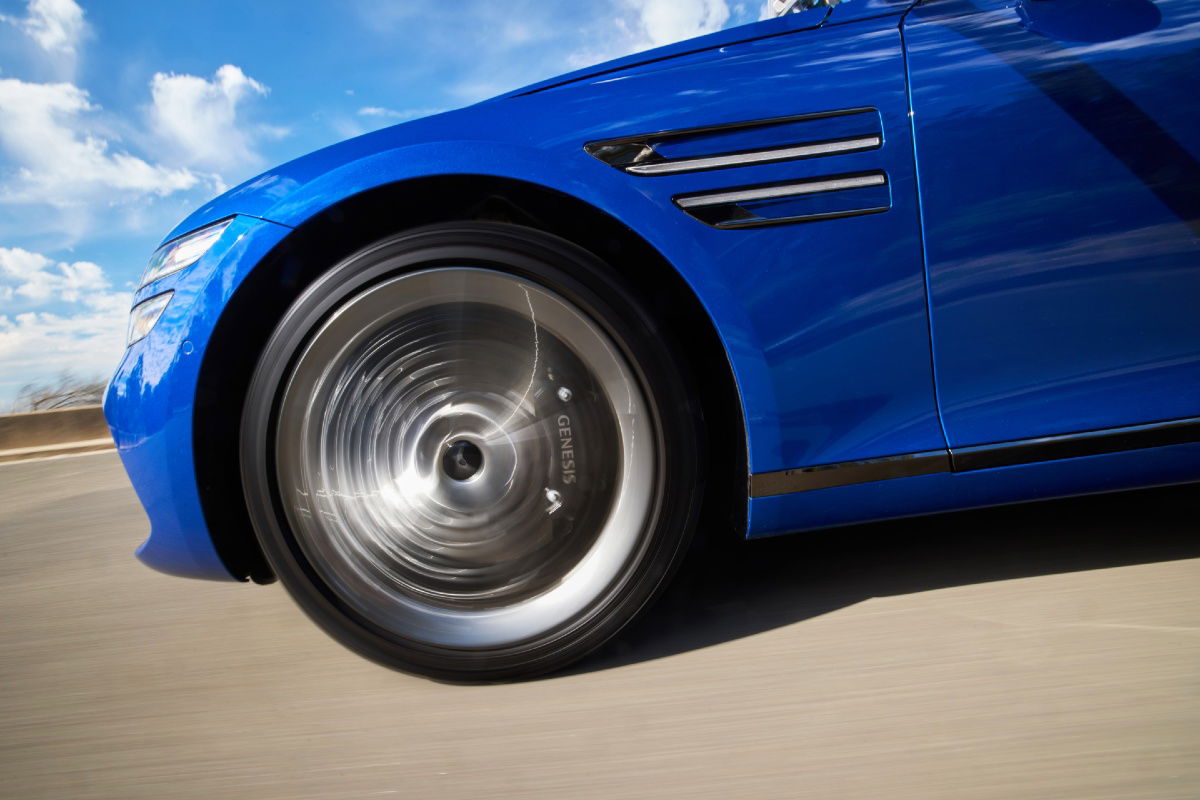

Mercedes trackside engineering director Andrew Shovlin has vowed the team is to deliver visible and radical changes to its W14 in the wake of its deflating season-opening performance in Bahrain at the weekend.
A conclusion has swiftly been reached that persisting with the radical ‘zero-sidepod’ concept that was unveiled last year has been the wrong move.
Despite on-track improvements towards the end of last season and the hope that would be carried into the new campaign, the weekend at the Bahrain International Circuit underlined drastic measures are required.
After qualifying almost seven-tenths of a second behind reigning champion Max Verstappen, Lewis Hamilton then finished 51 seconds adrift of the race-winning Red Bull driver as the Briton came home fifth.
As to whether the team is now considering changing the concept of the car this season, Shovlin said: “People have tended to use the word concept when they mean the sidepod design.
“Toto (Wolff, team principal) had said recently that we are looking at a revision that is going to come along in the next few races anyway.”
Pertinently, Shovlin then added: “Given the gap to the front, of course, we are going to look at bigger departures and more radical changes.
“But those changes take time to turn into a faster solution in the wind tunnel – you can’t do them overnight.
“There is quite a lot of development that you’ve got to do around any sort of big change in geometry in that area.
“Of course, we are looking at where we can improve the car, we are looking for potential to develop and you will see visible changes coming on the car over the next few races.”
Mercedes raw pace “not good enough” – Shovlin
One of the key concerns for Shovlin and the rest of the Mercedes team is that the areas where last year’s W13 proved to be strong have suddenly become weaknesses on the W14.
Emerging from pre-season testing in Bahrain, Mercedes knew it was off the pace of its main competitors but arguably not to the degree that emerged following the race.
Explaining the additional issues, Shovlin said: “That gap in qualifying was quite large, we were over half a second to the front. In the race that was even bigger.
“That was compounded by the fact that when you get the tyre degradation you get a bit more sliding, the tyres run hotter, and you end up finding it very difficult to keep them under any kind of control.
“There is a lot that we need to understand but the key things are really getting on top of that long-run degradation, which last year was a strong point for us.
“Clearly, we’ve got something that’s not in the right place that we need to work on but ultimately the other thing is that performance gap to the front. The raw pace of the car is not good enough.
“Ultimately, we’ve got a lot of work to do. We are working very hard at the moment to understand what we can do in the short-term future and in the mid-term future to try and get ourselves in a better place.”






















Discussion about this post